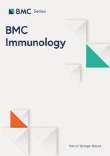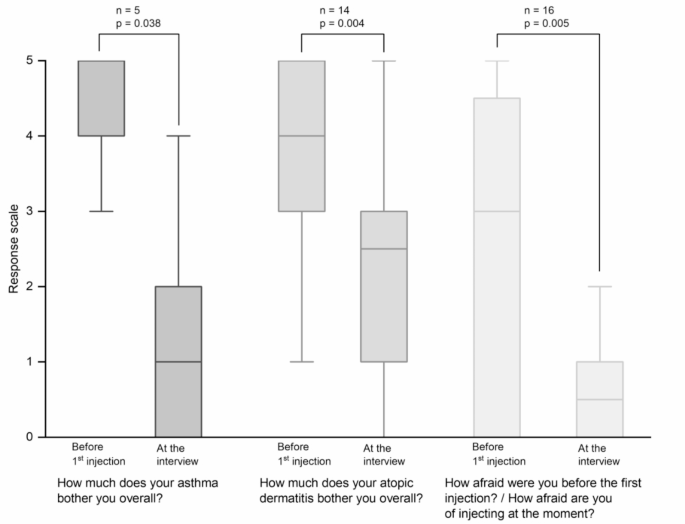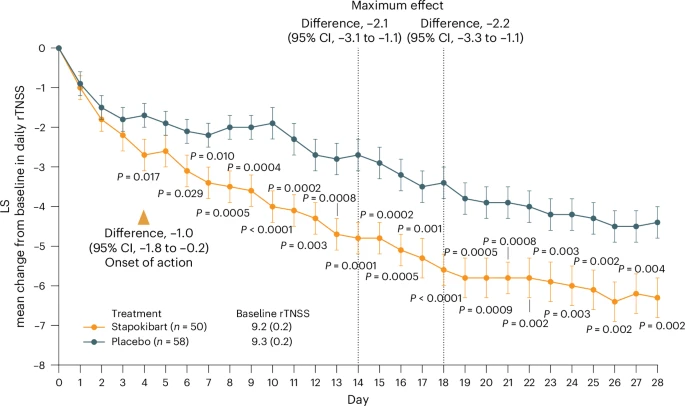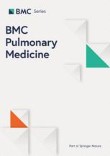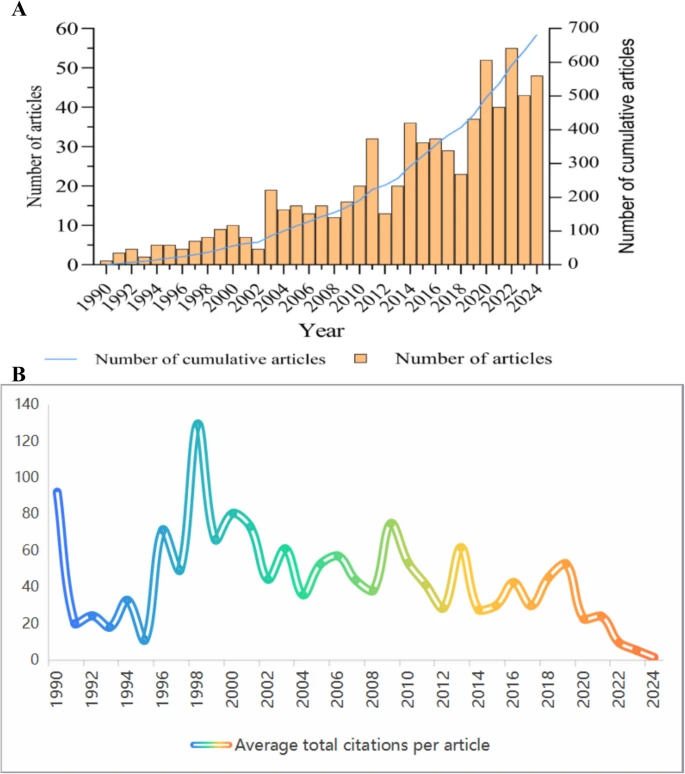Vieira RJ, Pereira AM, Kupczyk M, Regateiro FS, Larenas-Linnemann DE, Toppila-Salmi S, Iinuma T, Kuna P, Cruz AA, Brussino L, Gemicioglu B, Samolinski B, Taborda-Barata L, Ventura MT, Kvedariene V, Klimek L, Pfaar O, Zuberbier T, Azevedo LF, Fonseca JA, Bousquet J, Sousa-Pinto B; MASK-air think tank. Allergol Int. 2025 Apr 1:S1323-8930(25)00002-4. doi: 10.1016/j.alit.2024.12.007. Abstract
Background: Allergic rhinitis may impair work productivity. This study aimed to assess (i) the differential impact of allergic rhinitis symptoms on work performance, assessed by means of Visual Analogue Scale (VAS) work; and (ii) the effect of asthma comorbidity on work productivity.
Methods: We assessed data from the MASK-air mHealth app of patients with allergic rhinitis. We identified factors associated with the impact of allergic symptoms on work productivity through multivariable linear mixed effects models.

Conclusions: Allergy symptoms, especially nasal symptoms, are associated with worse work productivity. In addition, patients with allergic rhinitis and asthma display more impairment in work productivity than patients with allergic rhinitis alone.
PDF

